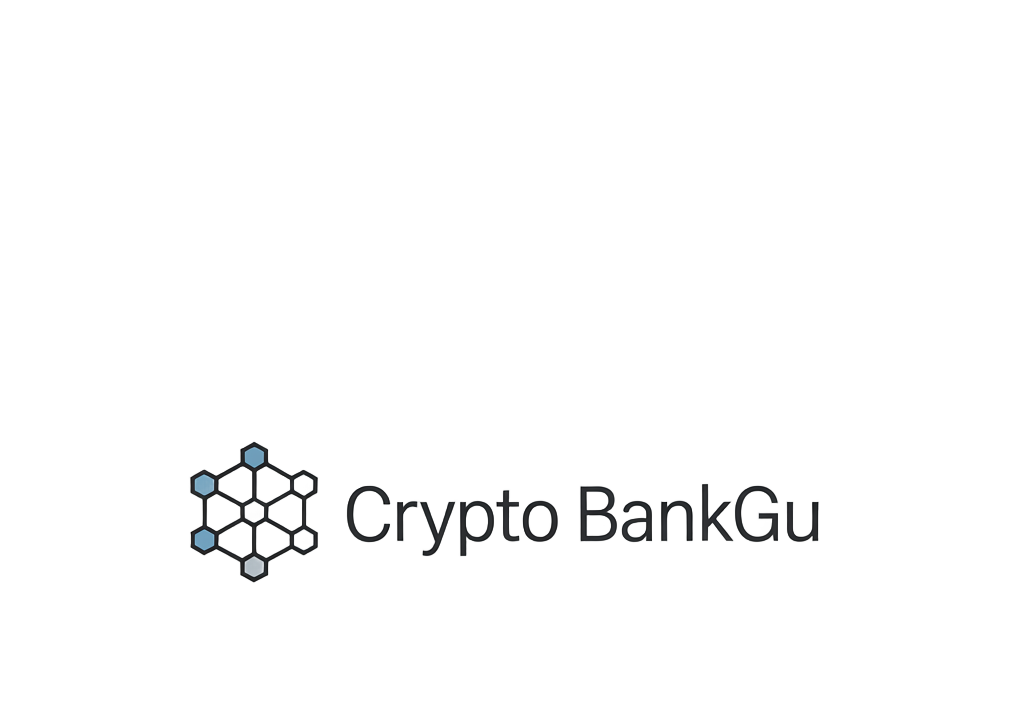
Ready to take your business into the digital future? Opening a business account with a crypto bank in 2024 is more accessible than ever, but it does come with unique requirements and steps. Whether you’re running a Web3 startup, an e-commerce shop accepting Bitcoin, or a traditional company diversifying into digital assets, knowing how to navigate the onboarding process is crucial. Let’s break down the essentials for opening a crypto bank business account so you can get started with confidence.

Why Open a Crypto Bank Business Account in 2024?
Crypto-friendly business accounts unlock features that traditional banks simply can’t match. Think seamless multi-currency support, instant settlements, access to both fiat and digital assets, and global reach without banking hours or borders. Platforms like BankProv, Bankera, and Monetum are leading the way by offering API integrations, high deposit insurance limits, and tailored services for crypto businesses. According to SatoshiFire, these banks are at the forefront of digital finance innovation for 2024.
The demand for crypto bank business accounts is surging as companies seek efficient ways to trade, hold, and manage both fiat and digital currencies under one roof. If you want access to FINRA-approved exchanges or need advanced compliance support for your growing operation, now is the time to make your move.
The Essential Steps: How to Open a Crypto Bank Business Account
The process may seem daunting at first glance, but breaking it down makes it manageable. Here’s what you need to know:
- Regulatory Compliance: Register your business in your jurisdiction and obtain any required licenses (like VASP licenses). Implement robust Anti-Money Laundering (AML) and Know Your Customer (KYC) protocols from day one. For businesses operating in New York State, check out details on BitLicense requirements at ny. gov.
- Gather Documentation: Be ready with official formation papers, IDs for all owners/directors, proof of internal compliance policies, ownership structures (UBOs), and sometimes even financial projections or initial deposits.
- Select Your Bank: Research options like BankProv (USA), Bankera (EU/UK), Monetum (Europe/SEPA), or Tap (multi-currency IBANs). Each has different onboarding processes but all prioritize compliance transparency.
- Emphasize Compliance Measures: When applying, highlight your AML/KYC systems and provide evidence of regulatory adherence, this increases trust during due diligence reviews.
Banks will conduct thorough checks on your operations before approving an account. The more transparent your documentation and compliance measures are, the smoother this process will be.
Navigating Compliance and Onboarding: What Banks Look For
If you’re new to crypto business banking onboarding, expect rigorous scrutiny compared to standard accounts. Crypto banks must comply with evolving global regulations, so they’ll want proof that your company isn’t just legitimate but also proactive about risk management.
Top Compliance Tips for Crypto Bank Onboarding
-
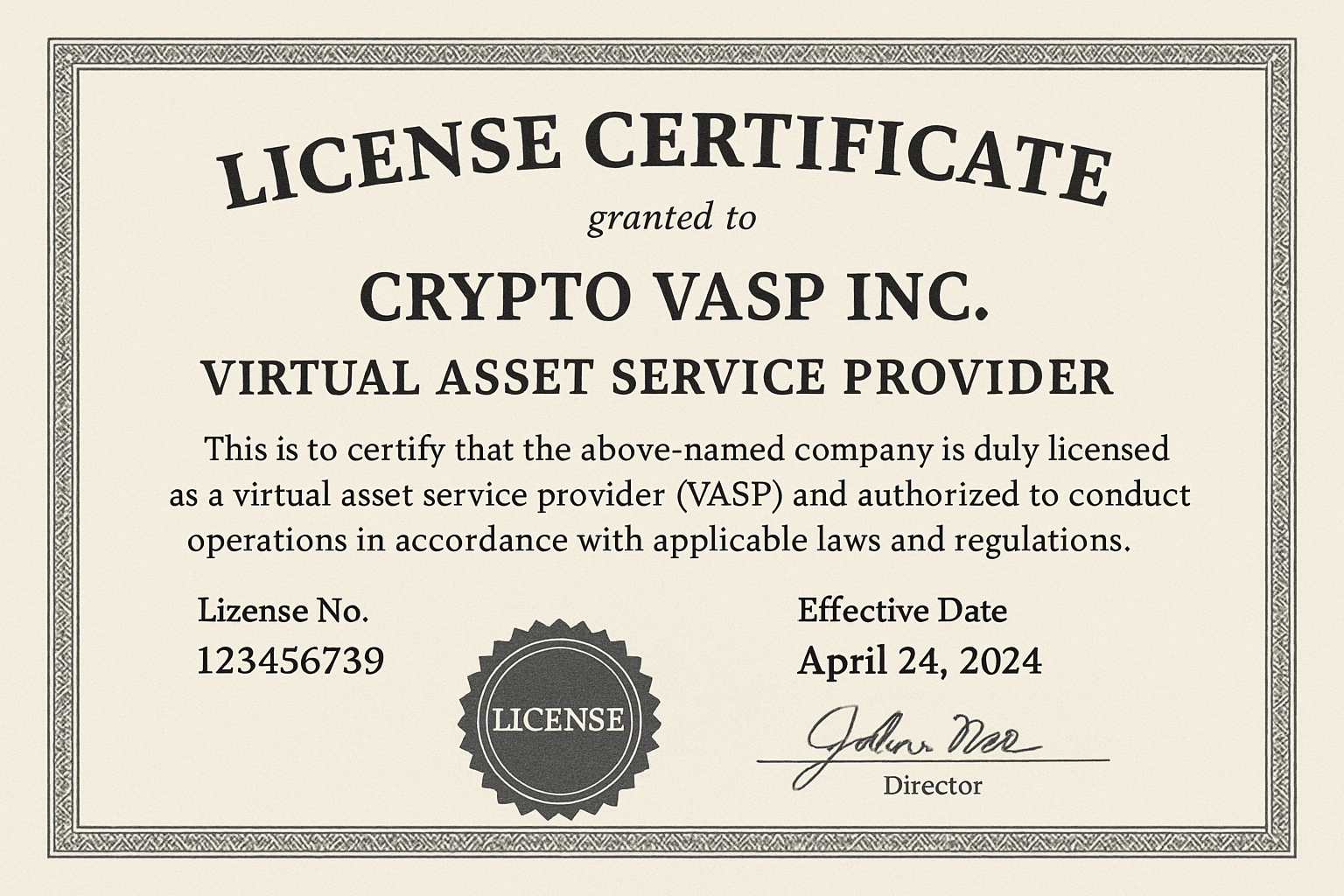
Register your business and obtain the right licenses. Most crypto-friendly banks require proof of business registration and, where applicable, a Virtual Asset Service Provider (VASP) license or similar regulatory approval. This demonstrates legitimacy and regulatory compliance.
-
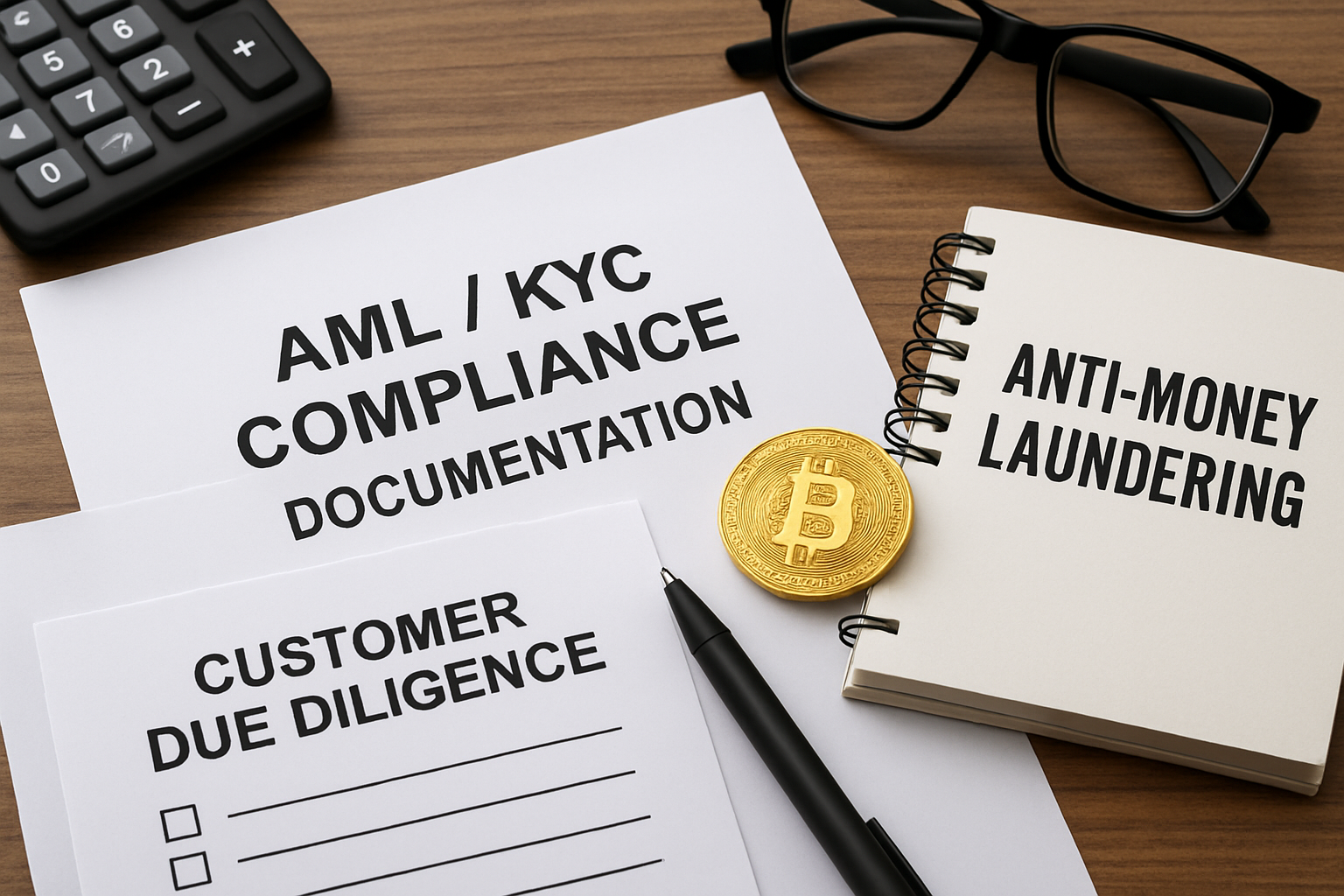
Implement robust AML and KYC procedures. Banks will closely examine your Anti-Money Laundering (AML) and Know Your Customer (KYC) policies. Have clear documentation showing how you verify customer identities and monitor transactions for suspicious activity.
-

Prepare comprehensive documentation. Gather all essential paperwork, including business formation documents, owner identification, proof of compliance policies, and Ultimate Beneficial Owner (UBO) details. Having these ready speeds up the onboarding process.
-
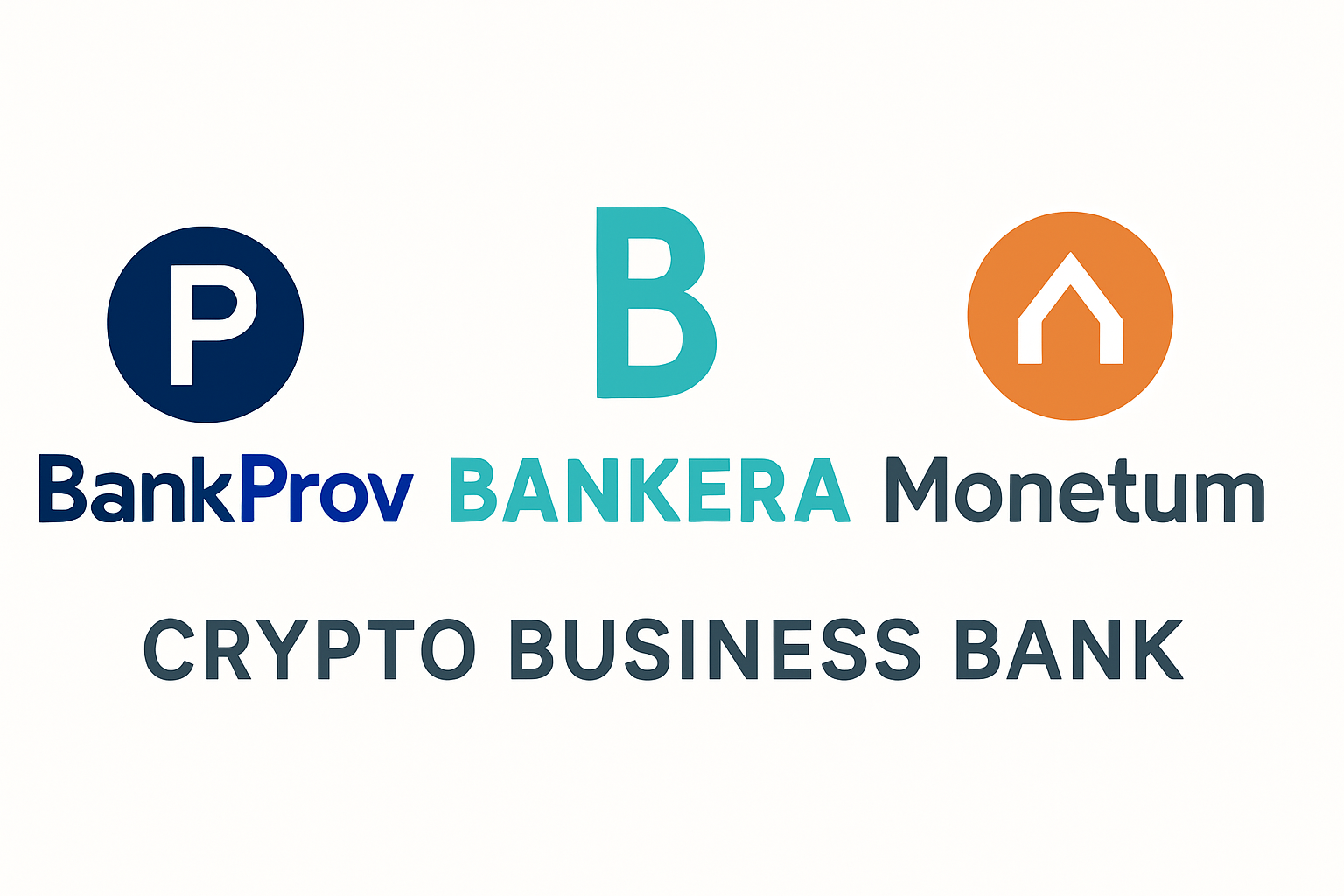
Choose a crypto-friendly bank with a proven track record. Leading options like BankProv (USA), Bankera (EU/UK), and Monetum (Europe) are known for working with crypto businesses and understanding industry needs.
-
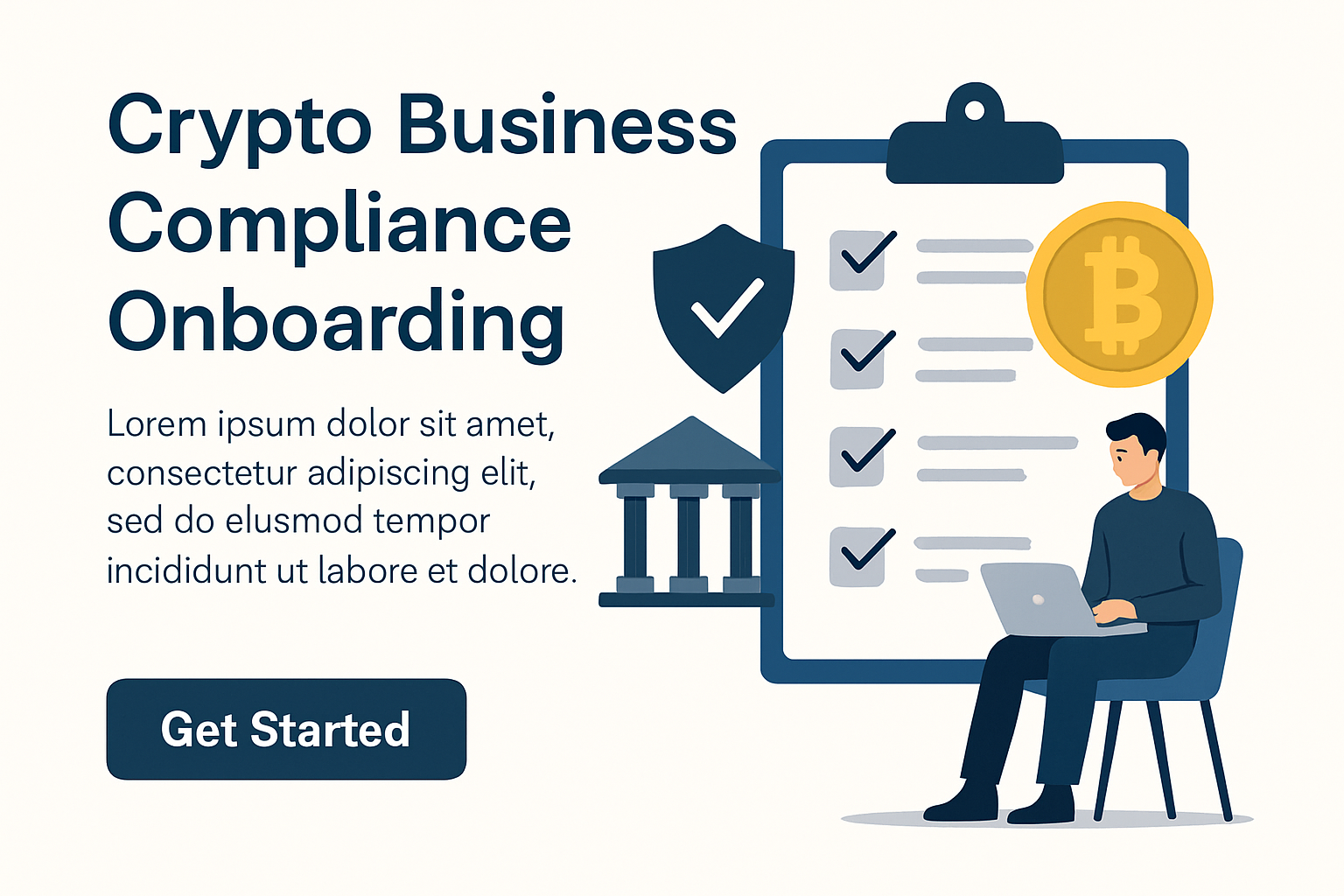
Highlight your compliance measures during application. Proactively share details about your AML/KYC processes, regulatory licenses, and transaction monitoring systems when applying. This builds trust and reduces onboarding friction.
-
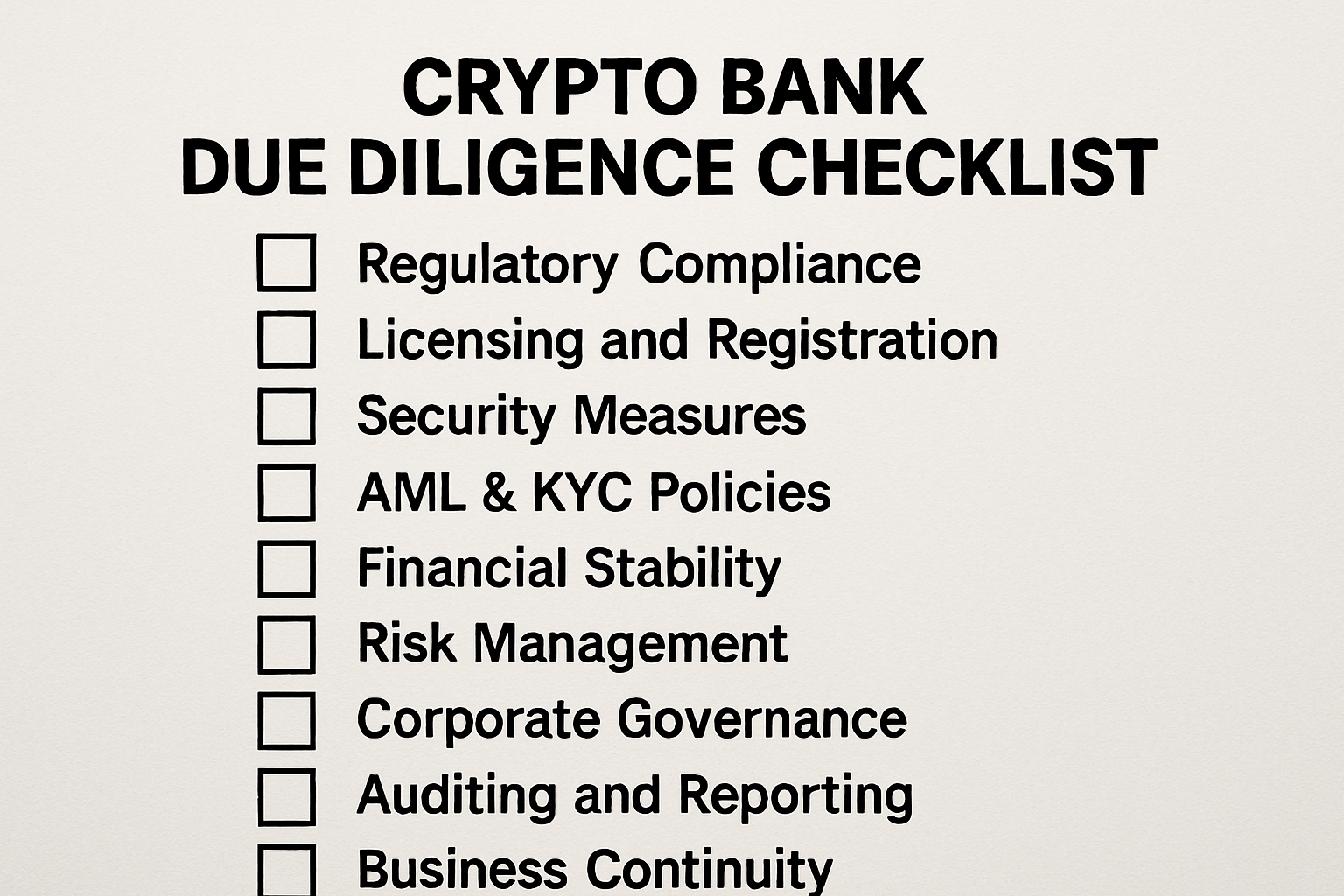
Be prepared for thorough due diligence. Expect the bank to request detailed information about your business model, financial projections, and operational controls. Respond promptly and transparently to all queries.
-
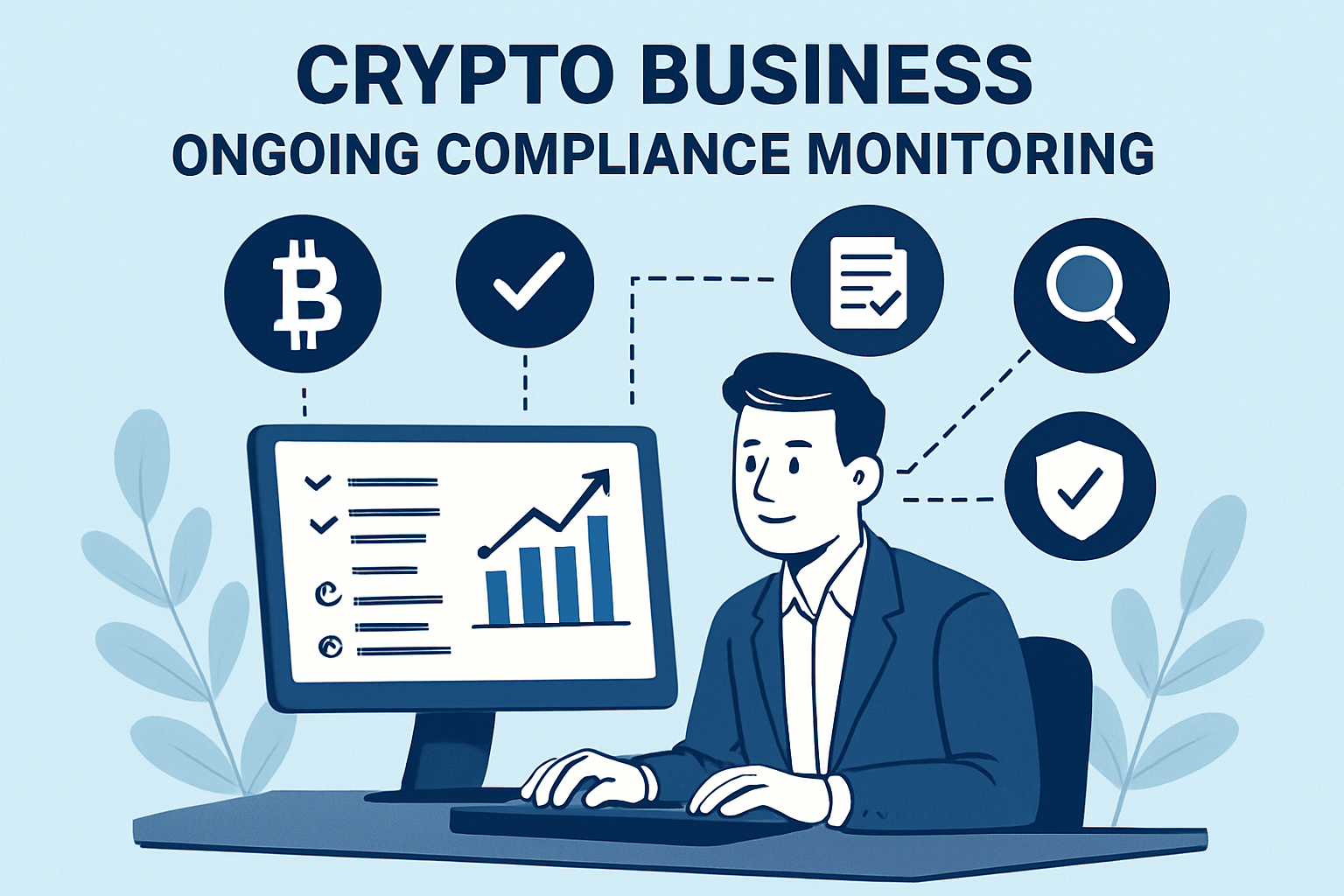
Maintain ongoing compliance and keep the bank updated. After opening your account, continue to follow regulatory requirements and promptly notify the bank of any major business changes. This helps prevent account freezes or closures.
This includes having clear transaction monitoring systems in place and being able to explain how you handle customer verification if you’re an exchange or payment processor. Some banks may require detailed forecasts or explanations about how you’ll manage large inflows/outflows of funds, especially if you’re trading volatile assets like Bitcoin or Ethereum.
If you want more detail on what’s involved at each stage of opening a crypto bank business account, including documentation checklists, see this comprehensive breakdown from Epicofinance: Opening a Bank Account for Your Crypto Exchange in 7 Steps.
Once you’ve submitted your application and supporting documents, the bank’s due diligence team will review everything with a fine-tooth comb. This might feel intense, but it’s all about protecting both your business and the financial system. The more thorough and responsive you are, the faster you’ll get through onboarding. Expect some back-and-forth on clarifying your business model or compliance procedures, don’t be discouraged, this is standard practice in 2024 as crypto banking matures.
Negotiating Terms and Activating Your Account
After passing initial checks, you’ll move to the negotiation phase. Here’s where you can discuss account features like transaction limits, fee structures, API access for automation, and support for specific cryptocurrencies or fiat pairs. Don’t hesitate to ask about multi-currency IBANs, instant payment rails (like SEPA or SWIFT), and any integration options with your existing treasury systems. Leading banks such as Bankera and Monetum are especially flexible on these fronts.
Once terms are agreed upon, you’ll typically need to make an initial deposit to activate your account. Some banks may require minimum balances, be sure to clarify these details upfront so there are no surprises down the road.
Maintaining Compliance: Ongoing Obligations
Your responsibilities don’t end once your crypto bank business account is live. Regulators expect ongoing vigilance, think regular compliance reports, transaction monitoring updates, and immediate notification of any material changes in your business structure or activities. Staying proactive is key: update your AML/KYC protocols as regulations evolve and keep communication lines open with your bank’s compliance team.
This ongoing relationship is what sets successful crypto businesses apart in 2024. Banks want partners who treat compliance as a living process, not a one-time hurdle. If you’re scaling fast or launching new products (like NFT marketplaces or DeFi integrations), loop in your banking partner early to avoid disruptions.
Pro Tip: Many banks now offer client dashboards that let you track compliance status and pending documentation in real time, use these tools to stay ahead of regulatory deadlines.
Crypto Bank Business Account Requirements: Quick Reference Table
Crypto Bank Business Account Requirements for 2024
| Requirement | Description | Why It’s Important |
|---|---|---|
| Regulatory Compliance | Register your business and obtain necessary licenses (e.g., VASP license); implement AML and KYC policies. | Demonstrates legitimacy and reduces risk for the bank. |
| Comprehensive Documentation | Provide business formation papers, owner identification, UBO details, and compliance policy documents. | Enables the bank to verify your business and its structure. |
| Select a Crypto-Friendly Bank | Choose banks open to crypto businesses (e.g., BankProv, Bankera, Monetum). | Not all banks accept crypto-related businesses; specialized banks offer tailored services. |
| Highlight Compliance Measures | Showcase your AML/KYC procedures, licenses, and transaction monitoring systems. | Assures the bank of your commitment to regulatory standards. |
| Undergo Due Diligence | Prepare for a detailed review of your operations, finances, and compliance. | Banks need to assess risk and ensure ongoing compliance. |
| Negotiate Account Terms | Discuss services, fees, and transaction limits to suit your business needs. | Ensures the account meets your operational requirements. |
| Ongoing Compliance | Maintain regulatory standards and update the bank on major business changes. | Prevents account suspension and builds long-term trust with the bank. |
If you’re looking for more hands-on advice and real-world experiences from other founders navigating crypto banking onboarding, check out this YouTube experience applying at Slash: Opening a New Crypto-Friendly Business Bank Account (2025).
Choosing the Best Crypto Bank for Your Business Model
The right bank depends on where you operate and what services matter most to your business:
- API Banking: For programmatic treasury management (BankProv)
- Multi-Currency Support: For cross-border e-commerce (Tap Network)
- SEPA/IBAN Access: For European operations (Monetum)
- Regulatory Focus: For exchanges needing advanced compliance (Bankera)
Bitcoin Price Prediction 2026-2031
Professional outlook for Bitcoin (BTC) in the context of increasing crypto business banking adoption and evolving regulatory landscape.
| Year | Minimum Price | Average Price | Maximum Price | YoY % Change (Avg) | Market Scenario Insights |
|---|---|---|---|---|---|
| 2026 | $45,000 | $62,000 | $90,000 | +10% | Post-2024 halving effects continue; steady institutional adoption; regulatory clarity grows. |
| 2027 | $50,000 | $71,000 | $110,000 | +14% | Global business integration expands; increased competition from ETH and stablecoins; some regulatory headwinds. |
| 2028 | $56,000 | $85,000 | $130,000 | +20% | Next halving year; supply shock and bullish sentiment; mainstream business payment adoption. |
| 2029 | $60,000 | $93,000 | $145,000 | +9% | Potential market correction; mature institutional products; heightened regulatory oversight. |
| 2030 | $65,000 | $110,000 | $170,000 | +18% | Wider global adoption in business banking; Bitcoin as a treasury reserve gains traction. |
| 2031 | $70,000 | $124,000 | $200,000 | +13% | Continued integration with financial infrastructure; possible emergence of major competitors; regulation stabilizes. |
Price Prediction Summary
Bitcoin’s price outlook from 2026 to 2031 is shaped by growing adoption in business banking, increasing regulatory clarity, and the impact of halving cycles. Prices are expected to trend upward, with volatility driven by global macroeconomic factors and evolving competition from other digital assets. Maximum price potential is tied to bullish adoption and regulatory breakthroughs, while minimums reflect possible corrections or restrictive policies.
Key Factors Affecting Bitcoin Price
- Increasing adoption of crypto-friendly business bank accounts and platforms
- Ongoing regulatory developments and global licensing requirements (e.g., VASP, BitLicense)
- Bitcoin halving cycles impacting supply and market sentiment
- Institutional and corporate treasury adoption trends
- Integration of Bitcoin payments and multi-currency banking services
- Competition from other digital assets (Ethereum, stablecoins) and potential for new technological advances
- Macro-economic factors, including inflation and monetary policy
Disclaimer: Cryptocurrency price predictions are speculative and based on current market analysis.
Actual prices may vary significantly due to market volatility, regulatory changes, and other factors.
Always do your own research before making investment decisions.
The bottom line? Opening a crypto bank business account in 2024 is no longer uncharted territory, it’s a strategic move that gives forward-thinking companies an edge in global finance. With robust preparation and transparent communication, even complex onboarding becomes just another step toward scaling your digital ambitions.
